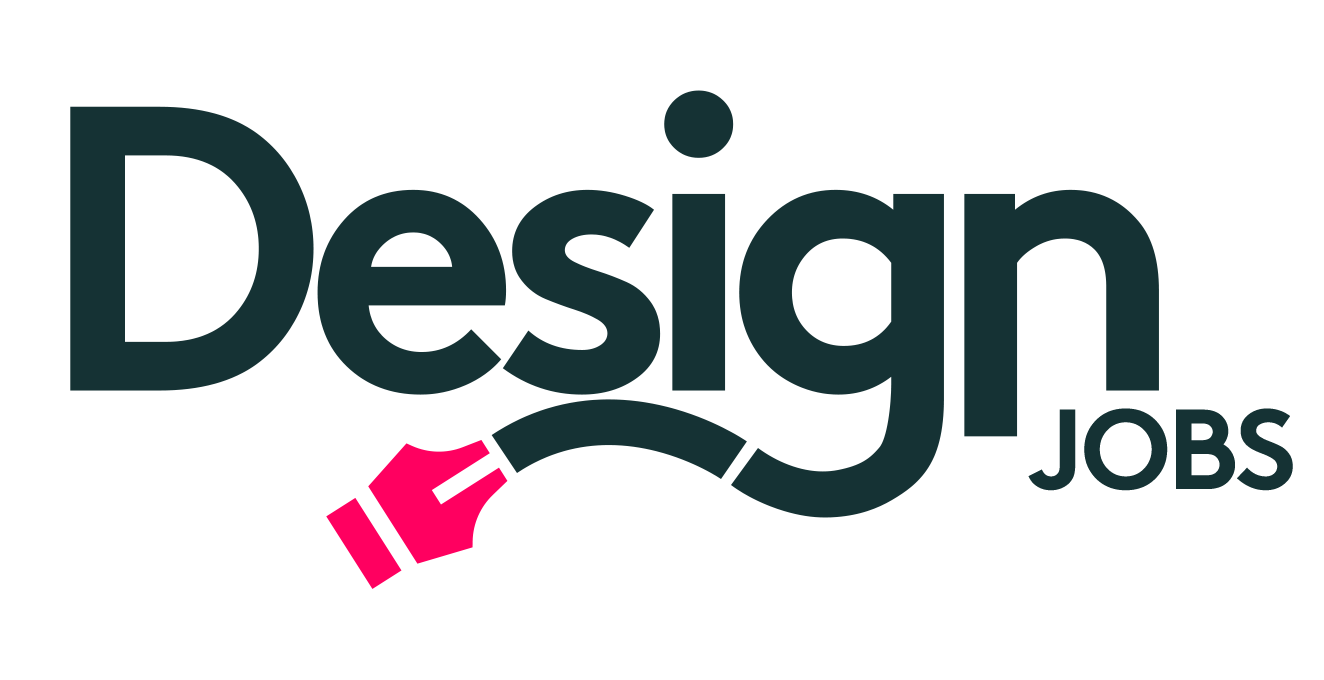Designer VS Design Manager. Which is your destiny?
There are pros and cons to both design management roles and being on the tools. A design manager will usually have more of an overview of the project and can offer strategic direction, while those on the tools are more focused on the day-to-day execution of the design. Both are important for a successful outcome, but it depends on the project and team.
Deciding between a job managing a design team and a more hands-on design role is a personal choice and making the right one will lead to long term job satisfaction. So how do you know if you are better off moving pixels around in Photoshop or taking the leap to a managerial role? Let’s figure it out together. Read on to learn about the differences between the roles or jump forward and Take the Quiz Now!
Table of Contents
What is a Design Manager? Here’s the typical Design Manager job description.
As a design manager, you will be responsible for the overall direction and management of a design team. This includes hiring and training designers, setting objectives and deadlines, and ensuring that the quality of the work meets the required standards. You will also be responsible for liaising with clients and other stakeholders to ensure that their needs are met.
The key skills you need to become a good design manager include:
- Strong leadership skills: You need to be able to motivate and inspire your team to do their best work.
- Excellent communication skills: You need to be able to clearly communicate your vision for the project and ensure that everyone is on the same page.
- Good organisation skills: You need to be able to manage multiple deadlines and ensure that the work is delivered on time.
- A good understanding of design: This will allow you to provide insightful feedback and direction to your team.
Generally, design managers start out as designers and then move into management roles. However, it is possible to become a design manager without any previous experience as a hands-on designer. Producers in advertising and project managers in other creative industries may have the right skills and experience to transition into a design manager role.
On average, design managers spend approximately 50% of their time managing people and 50% of their time on design-related tasks such as reviewing designs, providing feedback, and attending client meetings.
The Pros and Cons of Design Management
Design management is a demanding job that comes with a lot of responsibility. However, it can be very rewarding, both professionally and personally. Here are some of the pros and cons of design management:
Pros:
- You get to lead and inspire a team of designers.
- You get to be involved in all aspects of the design process, from concept to execution.
- You get to play a key role in ensuring the success of a project.
- You get to build strong relationships with clients and other stakeholders.
- You will likely get paid very well
Cons:
- You may feel like you are always working, as you will often have to put in long hours to meet deadlines.
- You may not find the job to be as creatively stimulating as being a designer
- You will have a lot of responsibility and pressure to deliver results.
- You may find it difficult to maintain a good work-life balance.
- Your job may be very stressful at times.
The Pros and Cons of Being on the Tools
There are also pros and cons to being on the design tools, as opposed to being in a management role. Here are some things to consider:
Pros:
- You get to be creative and use your design skills to create beautiful work.
- You get to be make all of the low-level design decisions
- You get to work with a variety of clients and projects.
- You have more control over your work schedule and can often choose when and where you work.
- You are constantly building your portfolio of design work
- You get to develop and fine-tune your own unique style
- You will have no shortage of job options, in Melbourne and Sydney at least
Cons:
- You may feel micro-managed at times
- You may have to give up a fair amount of creative control to other team members
- You’ll generally bounce between projects a lot
- You may feel rushed quite a lot, which might not be conducive to creatively
Design Manager Salary Expectations in Australia
Design managers in Australia can expect to earn a competitive salary. The average salary for a design manager is $85,000 per year. However, salaries will vary depending on experience, location, and the size of the company. Design managers in Sydney and Melbourne tend to earn slightly more than those in other parts of the country.
An experienced and successful design manager can expect to receive a salary in the $100,000 – $150,000 range. Design managers who are working for large companies in senior positions may even earn more than this.
Compare this to the average on-the-tools designer’s salary of $65,000 per year, with a maximum ceiling of around $130,000 and it’s easy to see why many designers decide to make the switch to management later in their careers.
Quiz: Which Role is Right for You?
The answer to this question depends on a number of factors, including your skills, experience, and personal preferences. If you enjoy being creative and using design tools, then a role as a hands-on designer may be the best option. However, if you are looking for a more challenging role that provides more opportunities for leadership and personal growth, then a design management role may be a better fit. Ultimately, the decision is up to you but this the Quick Quiz below might help point you in the right direction.
In Conclusion
If you’re wondering whether you should become a design manager or stay on the tools, there are lots of factors to consider. Design management can be extremely rewarding, but it also comes with a lot of responsibility and trade-offs. I hope this article has helped bring some clarity to you and whichever way you decide to go we wish you the best.


